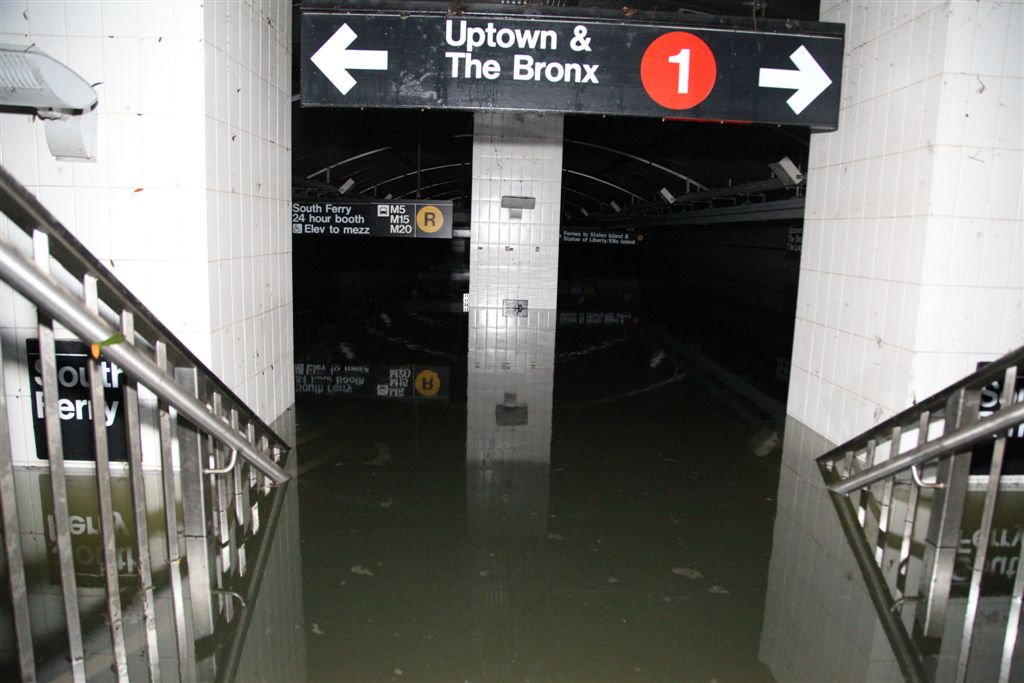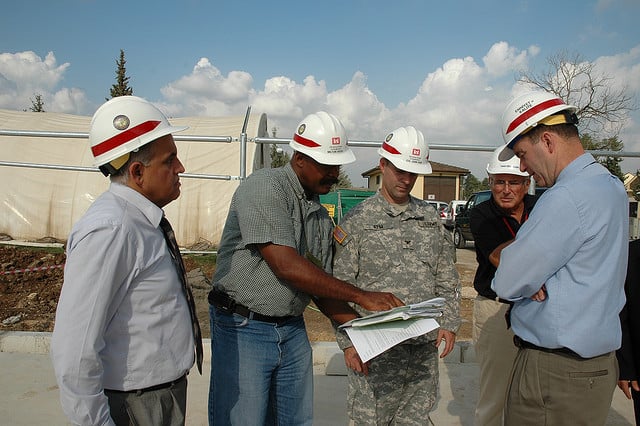An Amendment to the Montreal Protocol
Last month, representatives from over 170 nations gathered in Kigali, Rwanda to negotiate and ultimately agree to an amendment to the Montreal Protocol—the landmark international treaty, signed in the late 1980’s, which led to the phase-out of the manufacture and use of ozone-layer-depleting chlorofluorocarbon refrigerants (CFCs). The 2016 amendment focused on phasing out hydrofluorocarbon refrigerants (HFCs) which, while safer for the ozone-layer than CFCs, are themselves very powerful greenhouse gasses with far more global warming potential than CO2.
Global Warming Potential – Way Worse than CO2
You might think that, given the relatively small volumes of refrigerant in use (compared to, say, the CO2 component of vehicle and power plant exhaust), that the impact of these gasses on global warming could not be very significant. But the global warming potential of these gasses is thousands of times more potent than CO2. (Global warming potential [GWP] is a relative measure of how much heat a greenhouse gas traps in the atmosphere. It compares the amount of heat trapped by a certain mass of the gas in question to the amount of heat trapped by a similar mass of carbon dioxide.) The following table illustrates the impact of some of the most common residential and commercial HVAC/R HFC-type refrigerants.
| HFC Refrigerant | Global Warming Potential | Pounds of Refrigerant Equal to 10 Tons of CO2 |
| HFC 404A | 3,922 | 2.6 |
| HFC 410A | 2,088 | 4.8 |
| HFC 134a | 1,430 | 7.0 |
Source: https://www.gov.uk/guidance/calculate-the-carbon-dioxide-equivalent-quantity-of-an-f-gas
Based on current trends of production/release of these refrigerants, scientists estimate that the impact to global temperatures would be 0.5°C by the year 2100. Given that the Paris Agreement aims to limit warming to 2°C, elimination of these refrigerants is vital to achieving that overall goal.

What Will this Phase-Out Mean for Facilities Owners?
The phase-out schedules vary depending on a country’s development status. For the US and Europe, the phase-out begins in 2019 and in both regions, the transition is already underway, with several non-HFC refrigerants already on the market. One common facility type already seeing a switch is in supermarkets, where the use of CO2 as a refrigerant is commonplace. Note that while CO2 is of course a greenhouse gas, since it is the reference gas for global warming potential, its value on this scale is 1—compared to say, 3922 for 404A. In the volumes used in refrigeration, this makes CO2 a global warming-safe alternative to HFCs. Another option cited by ASHRAE in their press release related to the amendment is flammable agents such as butane and propane, which aside from the obvious flammability issues which need to be addressed, hold a lot of promise—more on this in a blog post I wrote several years ago on the subject of alternative refrigerants. It is unclear at this time what options will exist for direct replacements for existing equipment, though the HVAC and chemical industries are apparently hard at work on this challenge.
Political Roadblock?

While the amendment to the Montreal Protocol is a great step forward in helping to reduce impact on climate, one pitfall does remain in getting agreement from all key nations. The United States, in order to formally agree to the terms of the agreement, may require ratification by the US Senate. Given the challenging political landscape in the US currently—only time will tell what the future will hold, despite support by a broad swath of trade groups and manufacturers.


